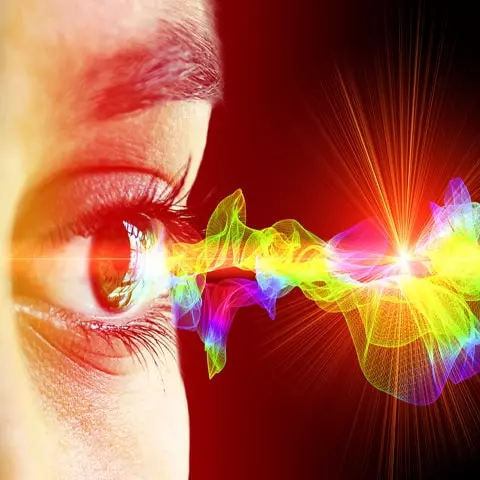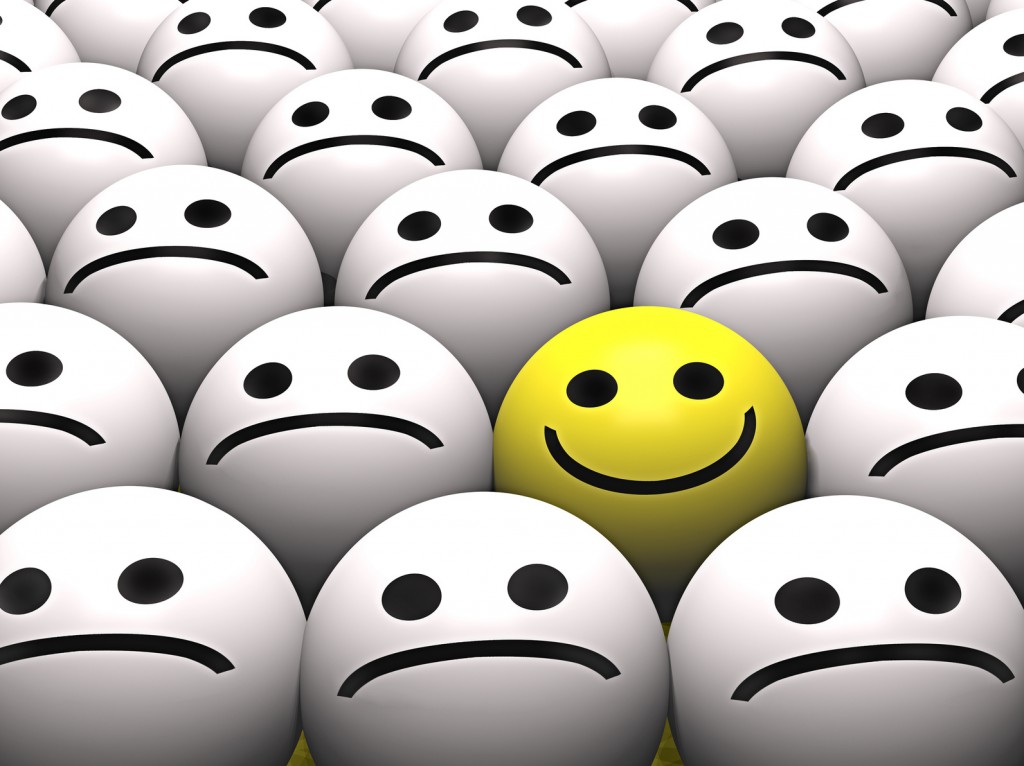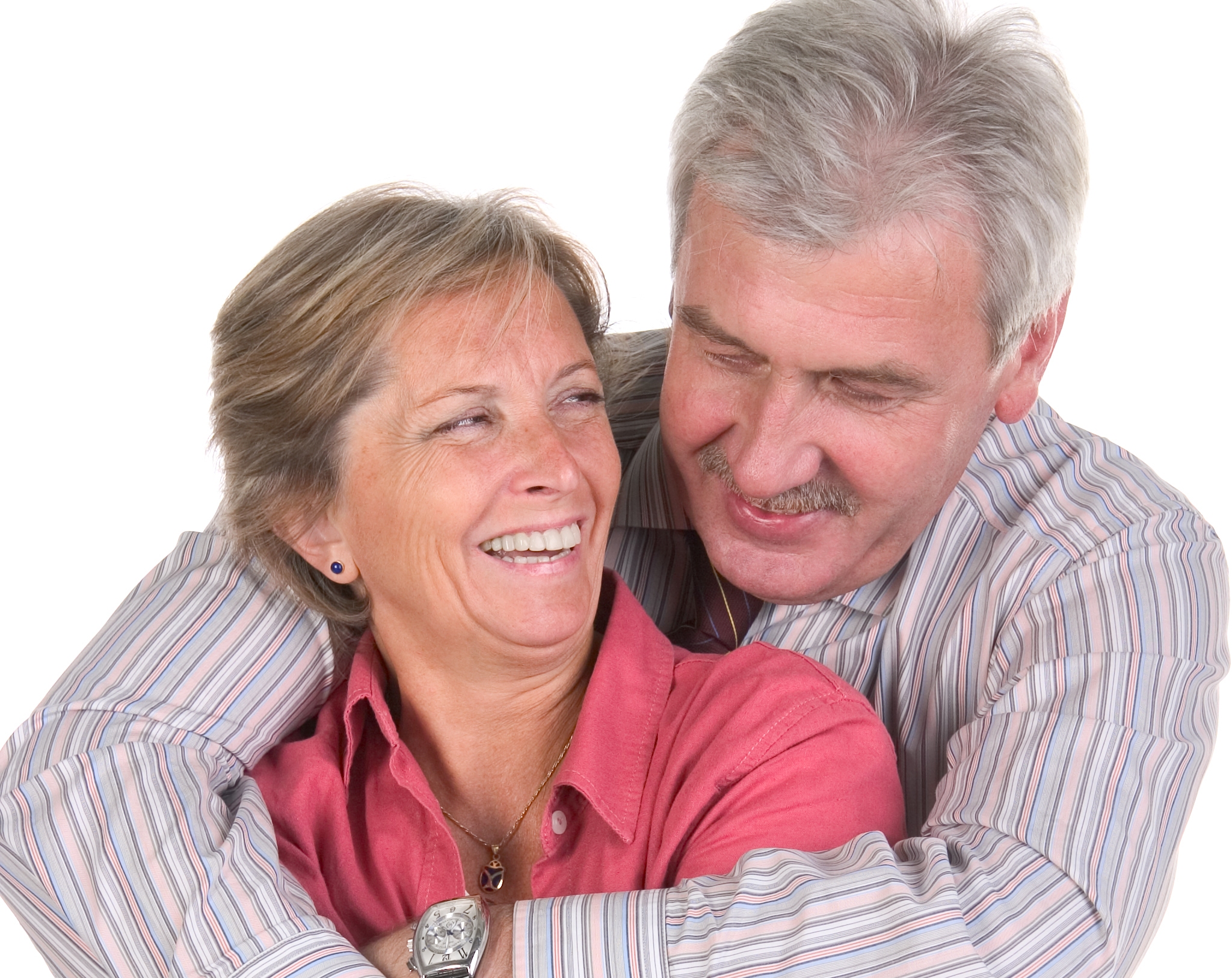
Chromotherapy utilizes the well-known power of colors to treat various conditions. From seeing life through rose-colored glasses to feeling blue or green with envy, colors are an integral part of our daily lives and the richness that defines it. However, beyond words and social conventions, colors harbor numerous properties for our mental and physical health. Whether they are used to soothe patients in a medical waiting room or to treat various ailments, colors rekindle our well-being and are a hallmark of several alternative and traditional medical specialties. What benevolent powers lie behind chromotherapy?
The therapeutic power of colors across generations
Find YOUR ideal care home NOW!
While our eyes perceive colors, they are not the only organs that register them. Colors travel throughout the body, each with its own specific and variable wavelength, and can thus have a beneficial effect on our cells. Chromotherapy employs eight colors derived from the three primary colors and their various combinations.
The power and symbolism of colors were already acknowledged in antiquity and have been used for a long time by traditional Chinese and Indian medicine. For example, green, a symbol of fertility in ancient Egypt, is often used today for its calming and soothing properties, particularly in healthcare settings. Studies have also shown that painting the walls of a kindergarten classroom pink resulted in children creating happier, sunnier drawings. Indeed, like other colors, pink has a direct impact on our bodies. By lowering heart rate, blood pressure, and pulse rate, this color exerts its full calming and aggression-reducing power. It is no accident that red has remained a symbol of seduction in people's minds. With a wavelength ranging from 625 to 740 nanometers, it is the color that penetrates human tissues the most, and its rays, close to infrared, cause higher blood pressure and accelerated breathing. As the ultimate warm color, the color of fire and blood, red has long fueled the pens of romantic writers, and for good reason. Stimulating and invigorating, this color possesses great attracting power. Furthermore, several scientific studies have concluded that both blue and red enhance cognitive performance.
Colors: A multidisciplinary approach
The food industry and the world of advertising widely exploit the power of colors to influence the general public and encourage consumption. Colorful packaging or appealing food dyes unconsciously influence our reactions. A study conducted on children as part of the fight against obesity even demonstrated that by increasing the density of the color red in syrup, for example, the perception of sweetness increases, reducing the need to consume it.
Interior decoration and habitat therapy also introduce us to a world of colors. From trompe-l'oeil to create the illusion of larger spaces to colors that reflect light, not to mention invigorating or soothing paints based on the desired effect, these elements are carefully studied to create a cozy nest and influence our subconscious in our daily lives.
Therapeutic aspects of chromotherapy
Chromotherapy employs the many recognized properties of colors for therapeutic purposes. It combines traditional medicine, physics, psychology, and art, utilizing acupuncture meridians and the direct correlation between vision and our nervous system. It has given rise to various fields of application, including energy-based, scientific, and psychotherapeutic approaches. The oldest form, energy-based chromotherapy, is practiced by naturopaths and energy practitioners. It helps strengthen the body's natural defenses and treats various conditions in dermatology, traumatology, neurology, rheumatology, or ear, nose, and throat medicine. In practice, energy-based chromotherapy is used in the form of lamps applied directly to the body during sessions lasting from ten to thirty minutes, following a predefined treatment protocol.
Scientific chromotherapy, better known as phototherapy, is generally used by medical professionals and encompasses a range of medical techniques that utilize light as a therapeutic agent. Based on the use of LEDs and lasers, it has proven highly effective in physiotherapy, dentistry, dermatology, and rheumatology.
Stress, fatigue, weight problems, sleep disorders, or joint pain—chromotherapy can treat a wide range of ailments. It is also used to influence our mood through colored immersions or artistic workshops.
Applications of Chromotherapy in Medicine & Wellness
| Chromotherapy Type | How It Works | Medical & Wellness Uses |
|---|---|---|
| Energy-Based Chromotherapy | Uses color exposure to balance energy flow in the body | Applied in naturopathy, acupuncture, and holistic therapy |
| Scientific Chromotherapy (Phototherapy) | Uses LED light and lasers for targeted treatment | Found in dermatology, physiotherapy, and rheumatology |
| Psychotherapeutic Chromotherapy | Uses colors to influence mood and emotional well-being | Used in mental health treatment, artistic therapy, and color immersion |
| Environmental Chromotherapy | Integrates color design in spaces for psychological impact | Applied in hospitals, schools, and senior living environments |
| Medical Light Therapy | Uses bright light to regulate sleep cycles and mood | Treats seasonal affective disorder (SAD) and sleep disorders |
In addition to its numerous therapeutic effects on conditions often associated with old age, such as muscle pain, osteoarthritis, or sleep disorders, chromotherapy can combat depression or anxiety in some elderly individuals.
FAQ:
How does chromotherapy work?
Chromotherapy uses specific colors and light frequencies to stimulate healing, balance emotions, and improve overall well-being.
Can colors really affect mood and health?
Yes, scientific studies show that colors influence the nervous system, hormone production, and mental states, affecting mood and physiological responses.
What are the best colors for relaxation?
Blue and green are the most effective for promoting relaxation, reducing anxiety, and lowering blood pressure.
Can red really boost energy?
Yes, red stimulates blood circulation, increases energy levels, and raises body temperature, making it ideal for boosting alertness.
How is chromotherapy used in medicine?
Chromotherapy is used in dermatology (LED light therapy), mental health treatment, physiotherapy, and energy healing.
Is chromotherapy scientifically proven?
While phototherapy (light therapy) is backed by science, some forms of chromotherapy are still being researched for medical validation.
Can colors influence appetite?
Yes, warm colors like red, yellow, and orange stimulate appetite, while cool colors like blue and green suppress it.
Are there any risks to chromotherapy?
Chromotherapy is generally safe, but people with light sensitivity or epilepsy should consult a doctor before undergoing light therapy.
Need help finding a care home?
Senior Home Plus offers free personalized guidance to help you find a care facility that suits your health needs, budget, and preferred location in the UK.
Call us at 0203 608 0055 to get expert assistance today.
Do you need a care home for yourself or your loved one?
Search for Care Homes by Region
| East Midlands | Eastern | Isle of Man |
| London | North East | North West |
| Northern Ireland | Scotland | South East |
| South West | Wales | West Midlands |
| Yorkshire and the Humber |
Share this article :
Latest posts
You are looking for an establishment for your loved one ?
Get availability & prices
Fill in this form and receive
all the essential information
We would like to inform you of the existence of the opposition list for telephone canvassing.






.jpg)




